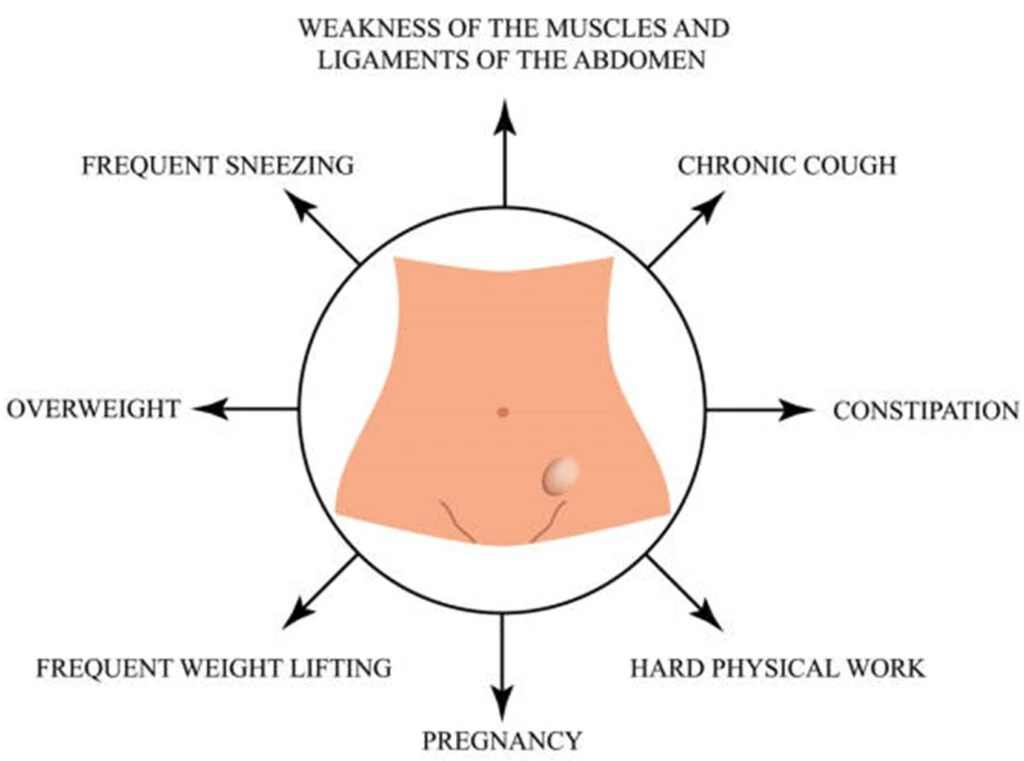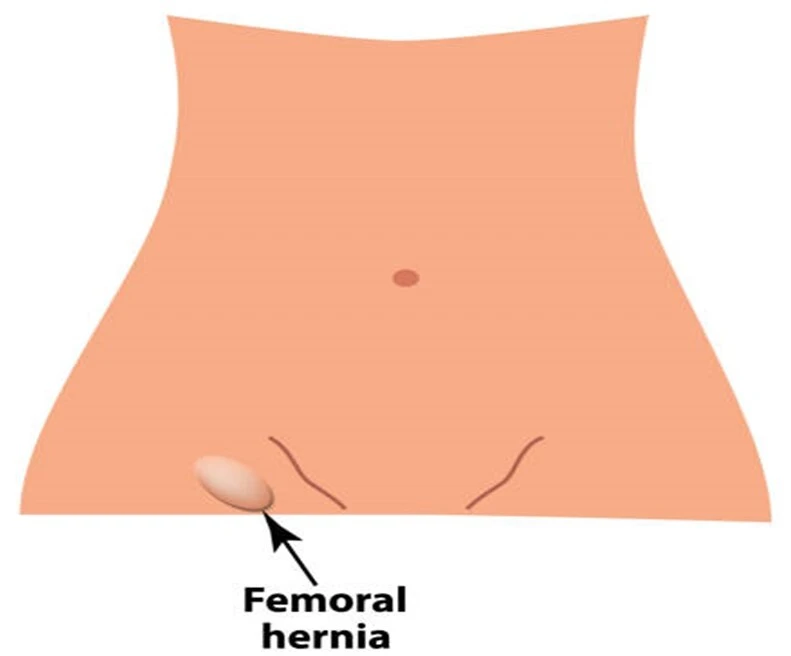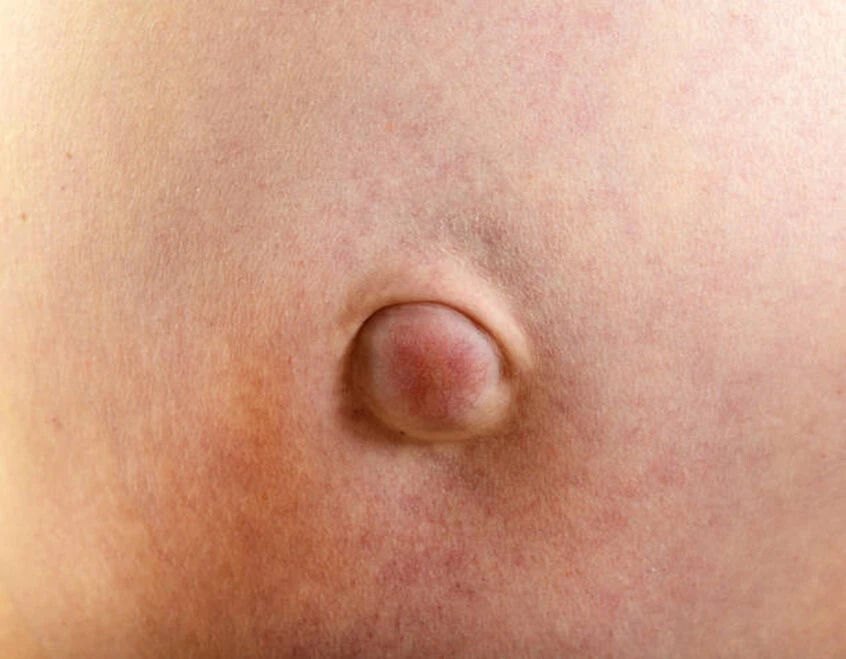If you’re a woman grappling with the discomfort of a groin hernia, you’re not alone. While commonly associated with men, groin hernias affect approximately 15% of women. A hernia occurs when an organ, usually the intestine, protrudes through a weakened spot in the abdominal muscles. It leads to a noticeable bulge in the groin or abdominal area. If you are dealing with a groin hernia, surgery is a pivotal solution for lasting relief. Female Groin hernia surgery involves repairing the weakened abdominal muscles to secure the protruding tissue, typically the intestine.
“Ignoring symptoms or delaying intervention can lead to increased discomfort and potential complications,” cautions Dr. Harsh Sheth, a renowned Bariatric & GI laparoscopic surgeon in Mumbai. “Hence, seeking timely medical advice to restore comfort and well-being is important.”
Stats show that over 90% of women experience significant relief post-surgery. This makes it a vital step toward renewed vitality and comfort. This procedure, done by experts like Dr. Harsh Sheth, helps alleviate symptoms, prevent complications, and restore a patient’s quality of life.
In this blog, we will discuss more about female groin hernia surgery.
Wondering about the causes of groin hernias in females? Let’s break it down.
What Causes Groin Hernias in Females?

1. Genetics Play a Role: Your genes may contribute, with a family history increasing the chances of developing a groin hernia.
2. Strain During Pregnancy: During pregnancy, the strain on abdominal muscles can affect the connective tissues and increase the risk. According to PubMed, up to 27% of groin hernias in women are associated with pregnancy.
3. Excessive Strain During Childbirth: The birthing process, especially with prolonged pushing, may strain the abdominal region, leading to hernias.
4. Chronic Coughing or Straining: Persistent coughing or straining due to conditions like chronic bronchitis can weaken abdominal muscles, making hernias more likely.
5. Obesity: Carrying extra weight puts additional pressure on the abdomen, increasing the risk of hernias.
Remember, understanding these factors empowers you to make informed choices for your well-being!
Want a personalized advice? Schedule a consultation with Dr. Harsh Sheth, a renowned specialist in hernia surgery in Mumbai.
Now, let’s know the types of groin hernias affecting women.
What are the Types of Groin Hernias in Females?
Understanding the specific type of groin hernia is crucial for tailoring effective treatment. Below is a simplified table outlining the common types and their respective treatment options:
| Type of Groin Hernia | Characteristics | Treatment Options |
| Inguinal Hernia | Occurs when a part of the intestine bulges through a weak spot in the abdominal muscles. It creates a lump in the groin area. | Laparoscopic Repair Open Hernia Repair |
| Femoral Hernia | Develops in the upper thigh or groin area when tissue, usually part of the intestine, protrudes through a weak spot in the abdominal wall. | Surgical Repair Lifestyle Modifications |
| Ventral Hernia | Occurs when abdominal tissues poke through a weakened area in the abdominal wall. It often develops at the site of a previous surgical incision. | Laparoscopic Hernioplasty Open Hernia Repair Watchful Waiting and Monitoring |
Now, let’s dive into each treatment option:
1. Laparoscopic Repair for Inguinal Hernia:
This minimally invasive procedure involves small incisions and a camera to guide the hernia repair. This technique offers quicker recovery and results in less scarring. It is the most preferred female inguinal hernia treatment.

2. Open Hernia Repair for Inguinal Hernia:
Traditional but effective. This approach involves a larger incision to manually push the hernia back into place and reinforce the abdominal wall. Recovery may take a bit longer than laparoscopic repair.
Femoral hernia surgery involves closing the weakened area in the abdominal wall where the intestine protrudes. This procedure aims to prevent the hernia from recurring. It promotes a stronger and more secure abdominal wall.

4. Lifestyle Modifications for Femoral Hernia:
Lifestyle adjustments such as weight management and avoiding straining activities may be recommended for less severe cases. Regular monitoring is essential.
5. Laparoscopic Hernioplasty for Ventral Hernia:
It involves small incisions and a camera for precise repair. The surgeon often uses a mesh to reinforce the weakened abdominal wall. It promotes quicker recovery and reduces the risk of hernia recurrence.
6. Open Hernia Repair for Ventral Hernia:
An open approach may sometimes be necessary, especially for larger ventral hernias. During this procedure, the surgeon makes an incision near the hernia to directly access and repair the weakened abdominal wall.

7. Watchful Waiting and Monitoring for Ventral Hernia:
A watchful waiting approach may be taken for smaller, asymptomatic ventral hernias. Regular monitoring ensures timely intervention if needed.
Statistics reveal that laparoscopic hernia repair has shown up to a 32% decrease in complications compared to open surgery.
Remember, your unique case will determine the most suitable treatment. Consult with a qualified professional to discuss your options and embark on a personalized path to recovery.
Curious about your options? A face-to-face discussion with Dr. Harsh Sheth can give you the lowdown on what’s best for you. Why not book an appointment?
Wondering about life after groin hernia treatment? Here’s the scoop on what to expect during your recovery journey.
What to Expect During Recovery from female Groin Hernia surgery?

- You’ll likely spend a few hours in the recovery room.
- Medical staff will monitor vital signs and ensure a smooth wake-up.
2. Pain Management:
- Pain is normal, but medications will keep it in check.
- Painkillers and anti-inflammatories will be prescribed.
3. Activity Level:
- Rest is crucial, but early movement is encouraged.
- Start with short walks to prevent stiffness.
4. Dietary Adjustments:
- Begin with light, easily digestible foods.
- Gradually reintroduce a regular diet as tolerated.
5. Wound Care:
- Keep the incision area clean and dry.
- Follow the surgeon’s guidelines for dressing changes.
6. Resuming Normal Activities:
- Light activities like walking can resume in a few days.
- Gradually reintroduce normal activities per your surgeon’s advice.
7. Follow-Up Appointments:
- Scheduled post-op checkups are vital.
- Discuss any concerns or changes during these appointments.
8. Work and Driving:
- Return to work depends on the nature of your job.
- Driving can typically resume once you are off pain medications.
9. Complications Alert:
- Watch for signs of infection or unusual symptoms.
- Reach out to your healthcare provider if concerns arise.
10. Patience is Key:
- Every recovery is unique; give yourself time.
- Follow your surgeon’s recommendations for a smoother healing journey.
Remember, every recovery journey is different. But with diligence and a positive mindset, you’ll resume your routine sooner than you think. Trust the process, and embrace the healing ahead!
A one-on-one consult with Dr. Harsh Sheth might be the key to a more detailed dive into your case. Click to book an appointment.
Conclusion
Ready to take the next step? Contact us to schedule your consultation with Dr. Harsh Sheth. Your path to hernia-free living begins now!
Still have queries? We’ve got answers. Dive into our FAQ section.
Frequently Asked Questions:
1. Can you live with a groin hernia?
Absolutely, but it is crucial to address it. Living with a groin hernia may lead to discomfort and potential complications. So, seeking medical advice is wise

